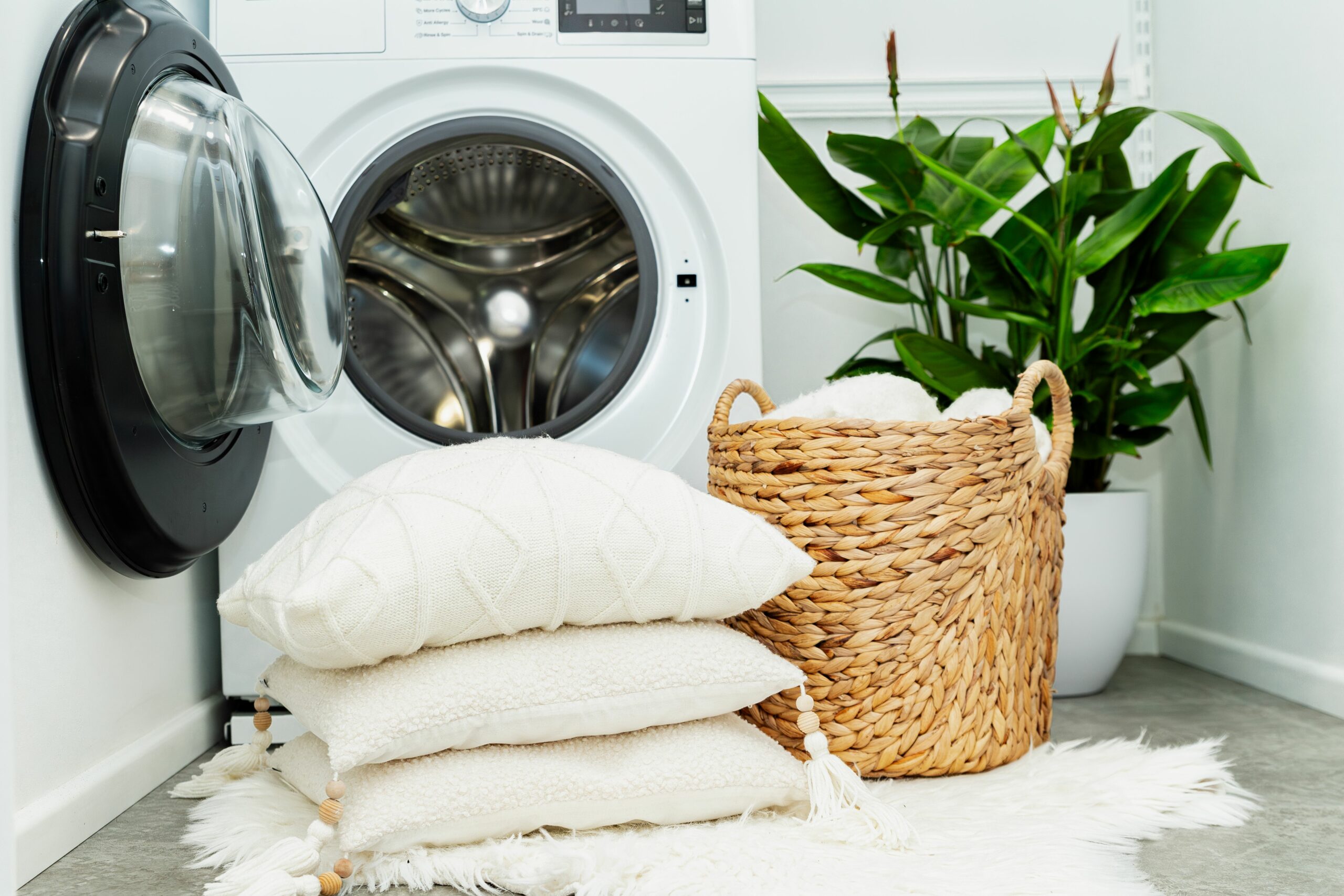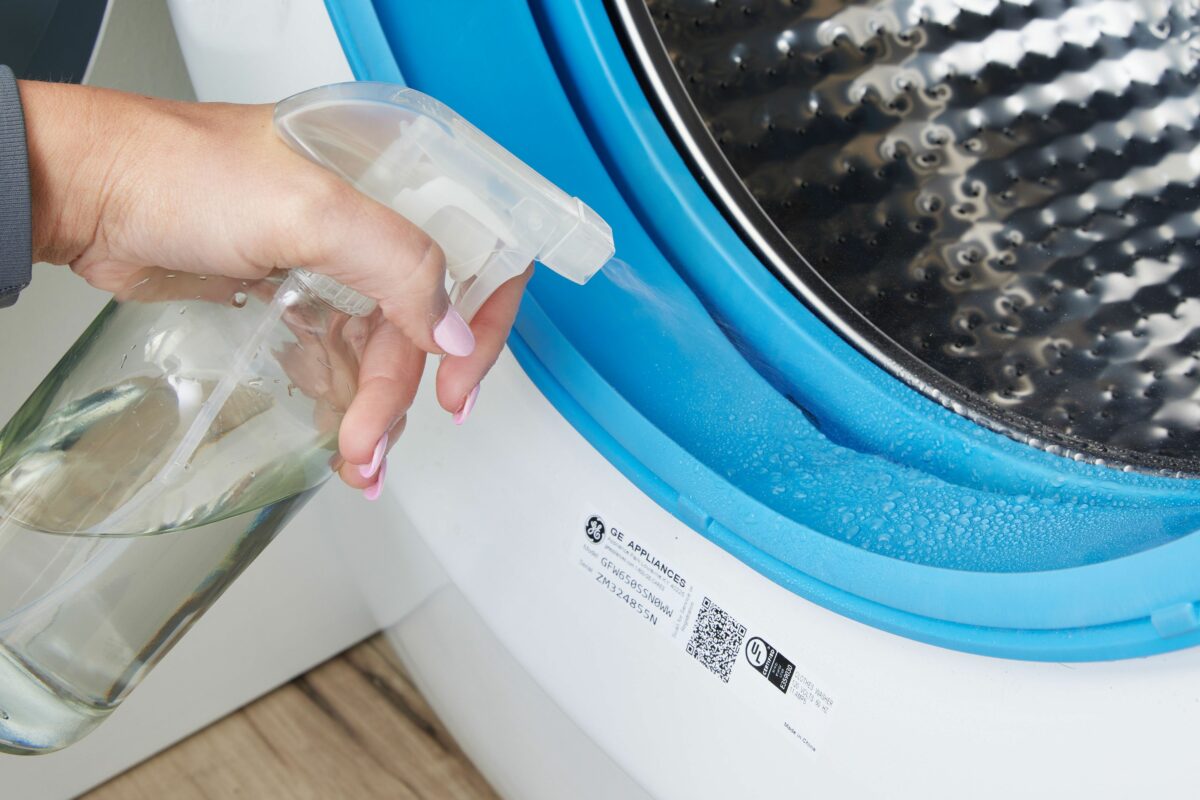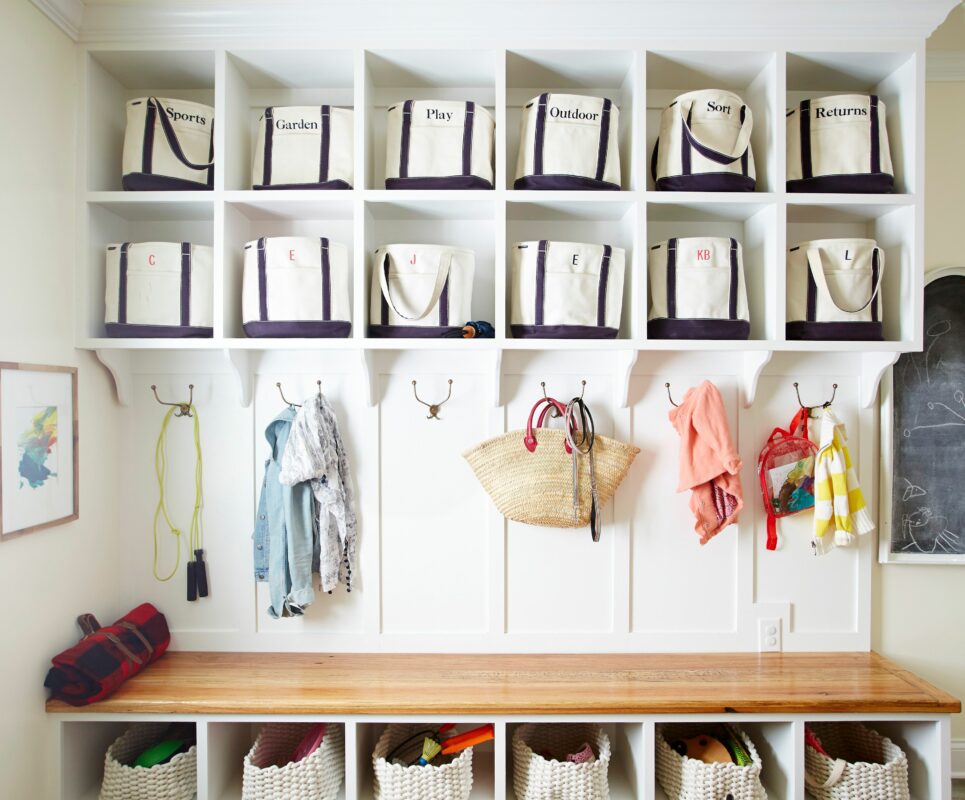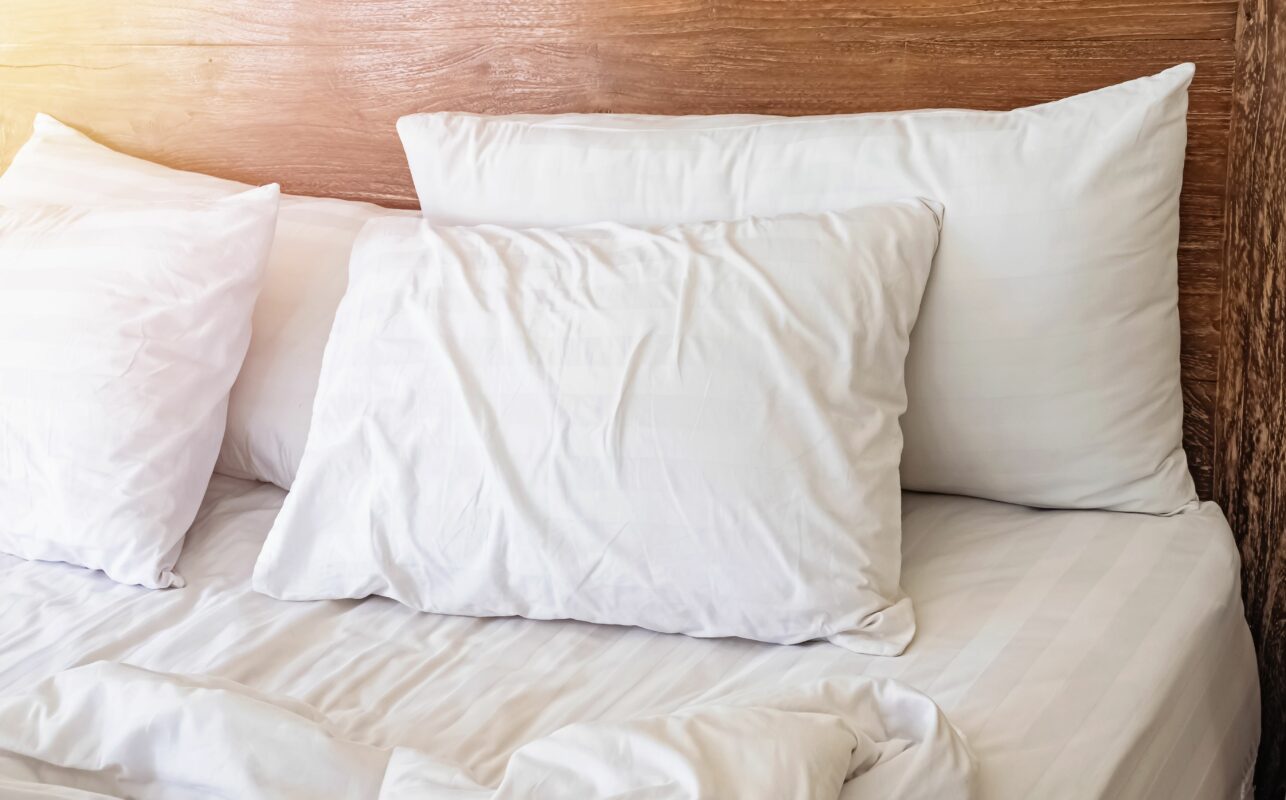Throw pillows bring personality and coziness to a space. However, you might not be taking care of these fluffy accessories the way you should. Throw pillows should be cleaned relatively often, especially if they’re frequently used. Whether your throw pillows have removable covers determines much of the cleaning process, so nestle in and learn how to care for your throw pillows.
How to Treat Stains on Throw Pillows
To determine the right cleaning solution for pre-treating pillow stains, you first must determine the fabric type of the pillow cover. Cotton, wool or wool-blend, and polyester are all safe to use with a mild upholstery cleaner.
You can also make your own stain treatment in a spray bottle using equal parts vinegar and rubbing alcohol with a couple of drops of essential oil if desired for a pleasant scent. Soapy water can also do the trick for some stains. Keep in mind that delicate fabrics like satin, silk, and suede need a cleaner specifically suited to that fabric type.
If a spill happened recently, blot up any excess moisture. Then, apply the stain-fighting solution to the cover and gently rub it with a clean cloth. Allow the area to dry completely before giving it a second round, if one is needed.
Always test a pillow for colorfastness before washing. To do so, soak a small corner in warm water and detergent for 2-3 minutes before blotting with a paper towel. If not dye comes off, your item should be colorfast, but check the label for additional care instructions.
How to Wash Throw Pillows with Removable Covers
Remove the covers from your throw pillows and examine them for spots that need to be treated before washing. Follow the guidelines for treating stains on throw pillows.
Machine-Washable Covers: Follow the care label’s instructions. Washing with a gentle detergent in a warm-water gentle cycle is likely the best route for machine washing throw pillow covers.
Hand-Wash-Only Covers: Fill a sink or tub with warm water and a few drops of gentle detergent (depending on the size of your basin). Let the covers soak for a few minutes before gently scrubbing any stubborn spots. Drain the tub or sink, then rinse the pillow cover in warm water. Don’t wring out the covers; gently squeeze out the excess moisture. Hang the pillow covers to dry or place them on a drying rack.
Don’t put the covers back on the pillow inserts until the inserts (if they were also washed) and the pillow covers are completely dry.
How to Wash Throw Pillows Without Removable Covers
When cleaning throw pillows that don’t have a removable cover, consider both the throw pillow’s outer fabric and the insert. First, vacuum the pillows to remove dust, hair, fur, and debris. If needed, spot-clean the pillows using the care label to determine the proper approach.
Add vacuuming the throw pillows to your weekly cleaning schedule to keep them in top shape.
How to Wash Throw Pillows in the Washer: Follow the method on the care label. If no instructions are given, use a small amount of gentle detergent and wash on the gentle cycle. Remove the pillow from the machine promptly when the cycle is complete.
How to Hand-Wash Throw Pillows: Add a small amount of detergent to a sink or tub (a few drops to a tablespoon, depending on the size of the basin). Add the pillow, gently pressing it down until it’s fully submerged and adequately soaked. Gently scrub any stains and the surface as a whole to remove debris. When the pillow is clean, empty the basin and rinse the pillow with warm water. Gently press out excess moisture before hanging or laying it flat to dry.
Down and polyester fill types are usually OK for gentle machine washing, but memory foam is better off with a hand wash. Silk, suede, leather, and satin covers typically need to be hand-washed or dry-cleaned, while polyester and cotton are likely safe for a machine wash.
How to Dry Throw Pillows
Consult the pillow’s care label for the best way to dry throw pillows. Once you determine the right strategy, follow these best practices to ensure your pillow dries fully without leading to lumpy filling or diminished loft.
How to Air-Dry Throw Pillows
While air-drying is a less abrasive way to dry your pillows, you’ll need to beware of the potential for leftover dampness, which could result in a musty scent, mold, or mildew. To avoid this scenario, hang the pillows to dry on a clothesline or other well-ventilated area. You can also take a drying rack or other suitable surface outside and lay the pillow in the sun to dry. Sunshine and ventilation are two key components to ensuring your throw pillows are fully dry before you replace their covers or bring them back to their resting spot.
While you never want to wring out a throw pillow, you can reduce excess moisture by wrapping the pillow in a clean towel and squeezing out residual water. Just wrap your arms around the pillow and squeeze.
How to Dry Throw Pillows in the Dryer
If your throw pillows are safe for machine drying, use low heat. A couple of times throughout the drying process, stop the dryer and fluff the pillows before resuming the cycle. Dryer balls can also help the throw pillows retain their loft throughout the process.
Removable pillow covers should be air-dried to avoid shrinking or losing their shape.
How Often to Clean Throw Pillows
If your pillow covers are removable, plan on washing them at least once a month. Even if they’re strictly decorative (throw pillows used on a bed that are removed before you climb in, for example), they still collect dust and other debris over time. Throw pillows that are used (such as sofa pillows) should be washed more frequently—anywhere from every week to every two weeks. Spot treat stains and vacuum the pillows that don’t have removable covers as needed, but at least once a month, depending on their use.
Don’t forget that the filler needs attention, too. Clean pillow inserts every other month or even more frequently if your pillows receive more frequent use or you notice spots or stains.






